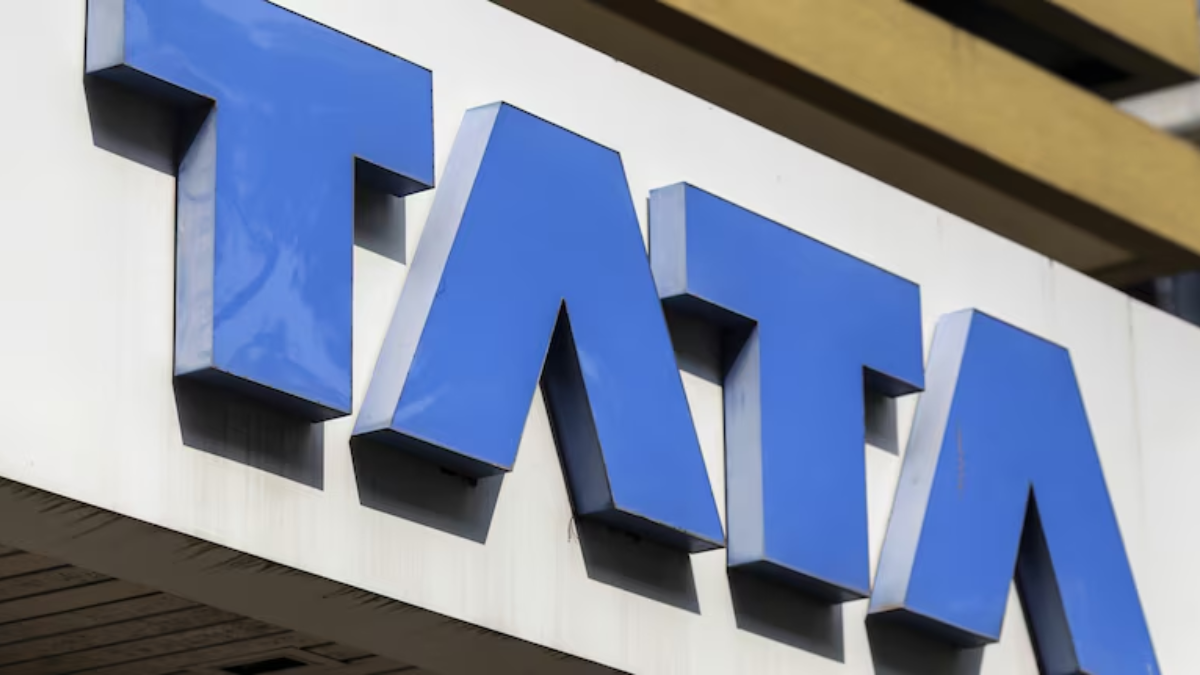Tata Capital, a prominent player in the financial services sector and part of the esteemed Tata Group, is gearing up for a significant milestone by filing draft documents with the Securities and Exchange Board of India (SEBI) for a substantial $2 billion IPO through a confidential pre-filing approach. This move is set to capture the attention of investors and analysts alike, as it showcases Tata Capital’s ambition to expand its footprint in the market.
IPO Details and Financial Projections
Industry insiders estimate that the upcoming IPO could be valued at approximately $11 billion. This offering will include:
- A fresh issue of equity shares
- An offer for sale (OFS) from select existing shareholders
Tata Capital plans to issue 2.3 crore equity shares with a nominal value of Rs 10 each. The filing, which includes a Pre-filed Draft Red Herring Prospectus (DRHP), was submitted on April 4, 2025, aligning with regulatory requirements under the Securities and Exchange Board of India (Issue of Capital and Disclosure Requirements) Regulations, 2018.
Stakeholder Insights and Market Impact
Tata Sons, the parent company, maintains a commanding 92.83% stake in Tata Capital. A successful IPO would mark a historic moment, positioning it as one of the largest initial public offerings within India’s financial landscape. This would also be the Tata Group’s second foray into public markets, following the successful listing of Tata Technologies in November 2023.
This IPO is strategically aligned with directives from the Reserve Bank of India (RBI), which requires upper-layer non-banking finance companies (NBFCs) to list on the stock exchange within three years of receiving their designation. Tata Capital was classified as an upper-layer NBFC in September 2022, making this IPO a crucial step in meeting compliance.
The Rise of Confidential Pre-filings
Tata Capital’s choice of the confidential pre-filing route is gaining traction among Indian firms. This method allows companies to keep certain details of their draft prospectus under wraps until later in the process, thus providing enhanced flexibility and easing the pressure of going public. Unlike the traditional filing method, where IPOs must launch within 12 months of SEBI approval, the pre-filing route grants companies up to 18 months to proceed following SEBI’s final comments.
Advantages of the Pre-filing Route:
- Greater flexibility in managing IPO timelines
- Ability to adjust the issue size by up to 50% until the updated DRHP stage
- Reduced pressure on companies to rush into the public market
Several notable companies, including edtech unicorn PhysicsWallah and food delivery giant Swiggy, have also opted for confidential filings. While there have been setbacks—such as OYO’s decision to withdraw its IPO—experts suggest that this method offers more room for strategic adjustments.
Looking Ahead
As Tata Capital prepares for its IPO, market analysts are keenly observing how this entry into the public domain will influence the financial services sector and the broader Indian economy. With its solid foundation and the backing of the Tata Group, the company’s forthcoming IPO is poised to be a significant event in the investment landscape.
For those interested in the evolving dynamics of the Indian financial sector, stay tuned for updates on Tata Capital’s IPO journey.











